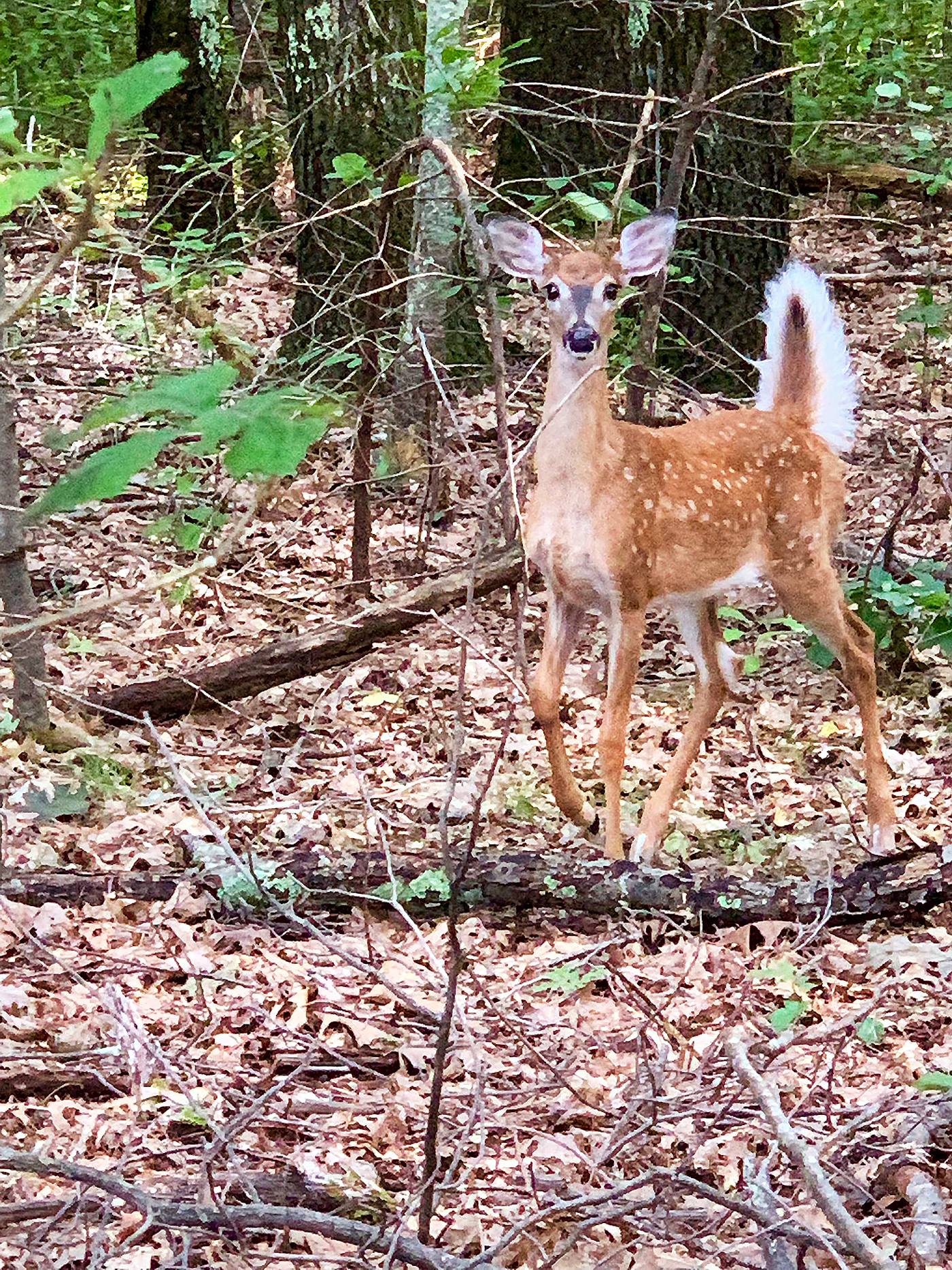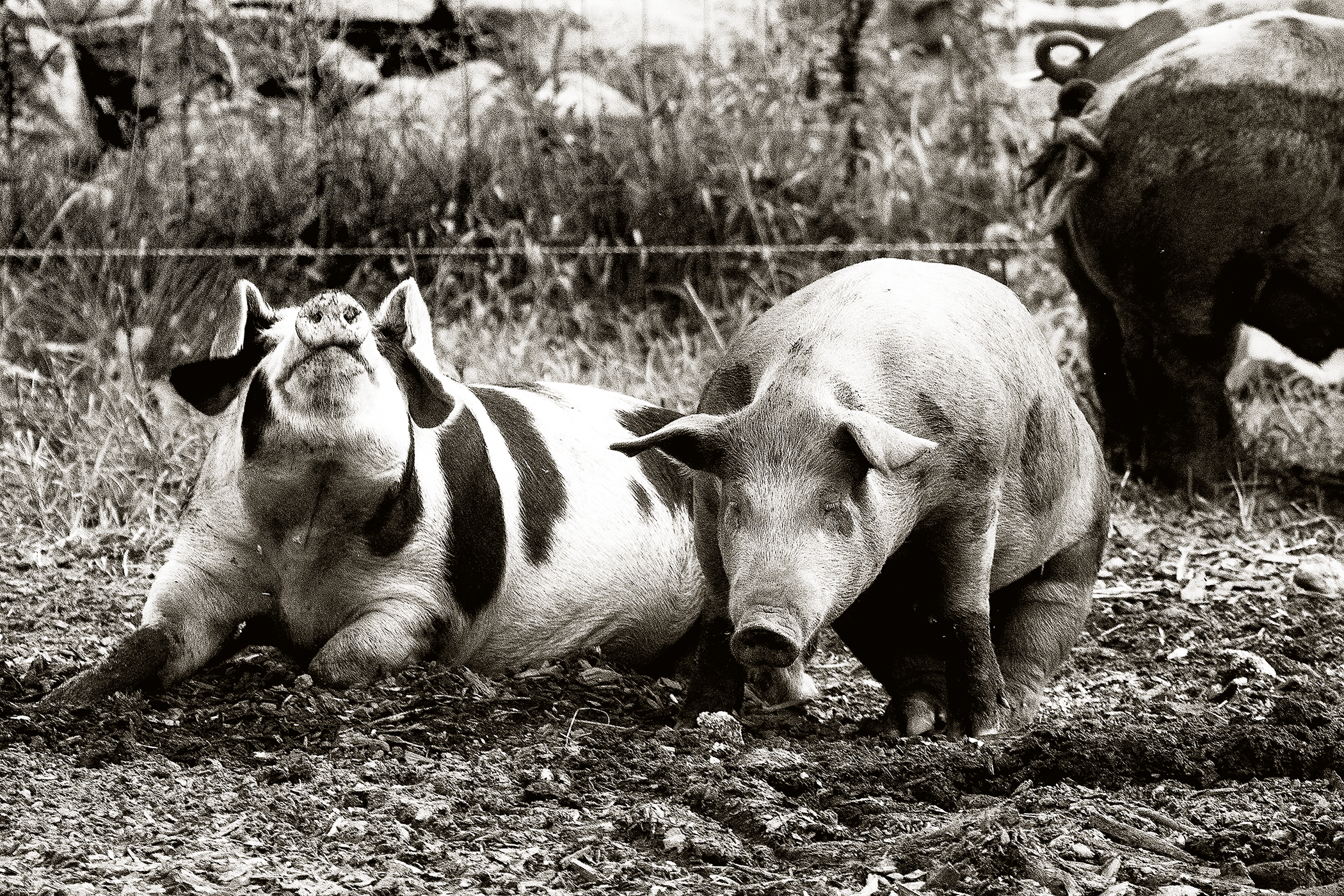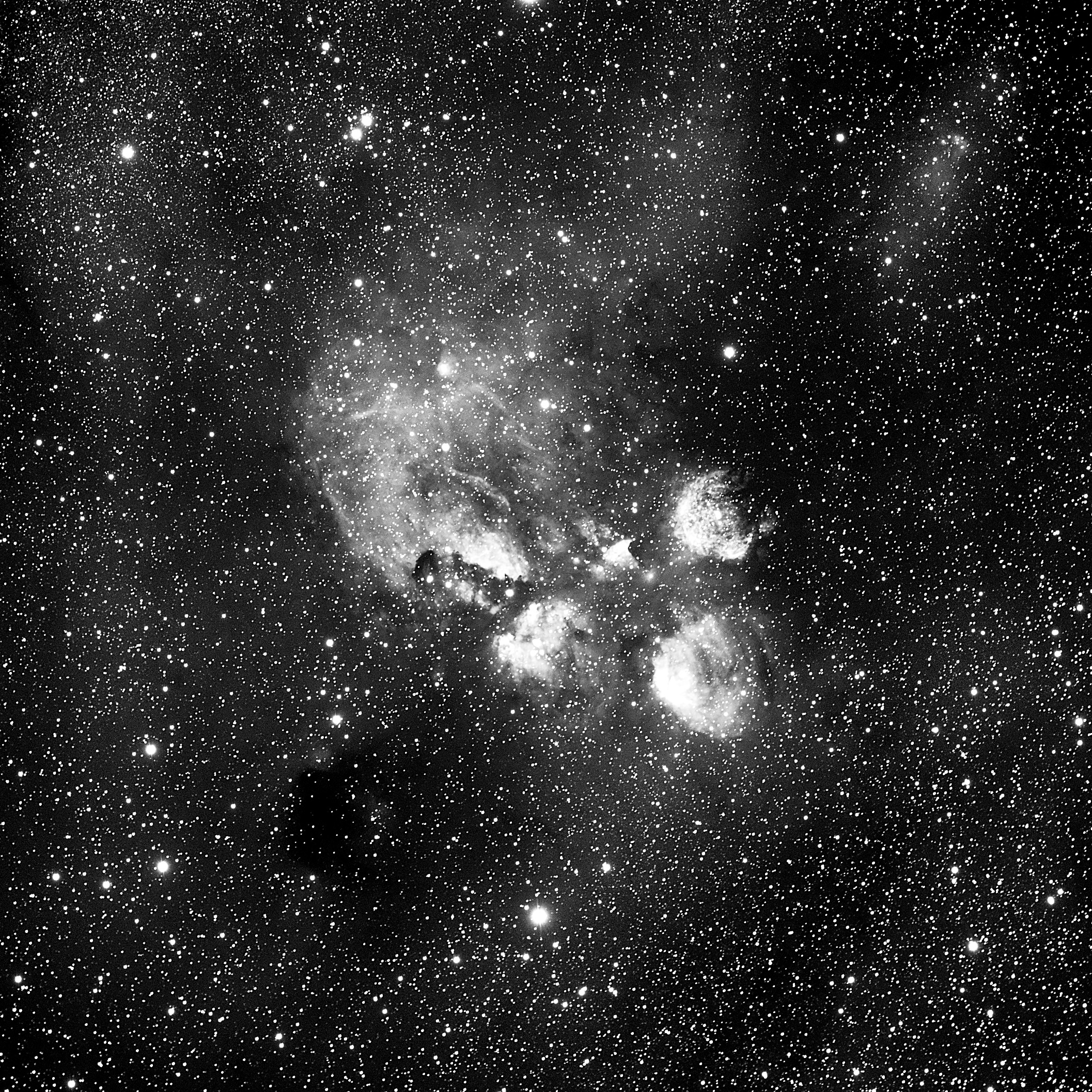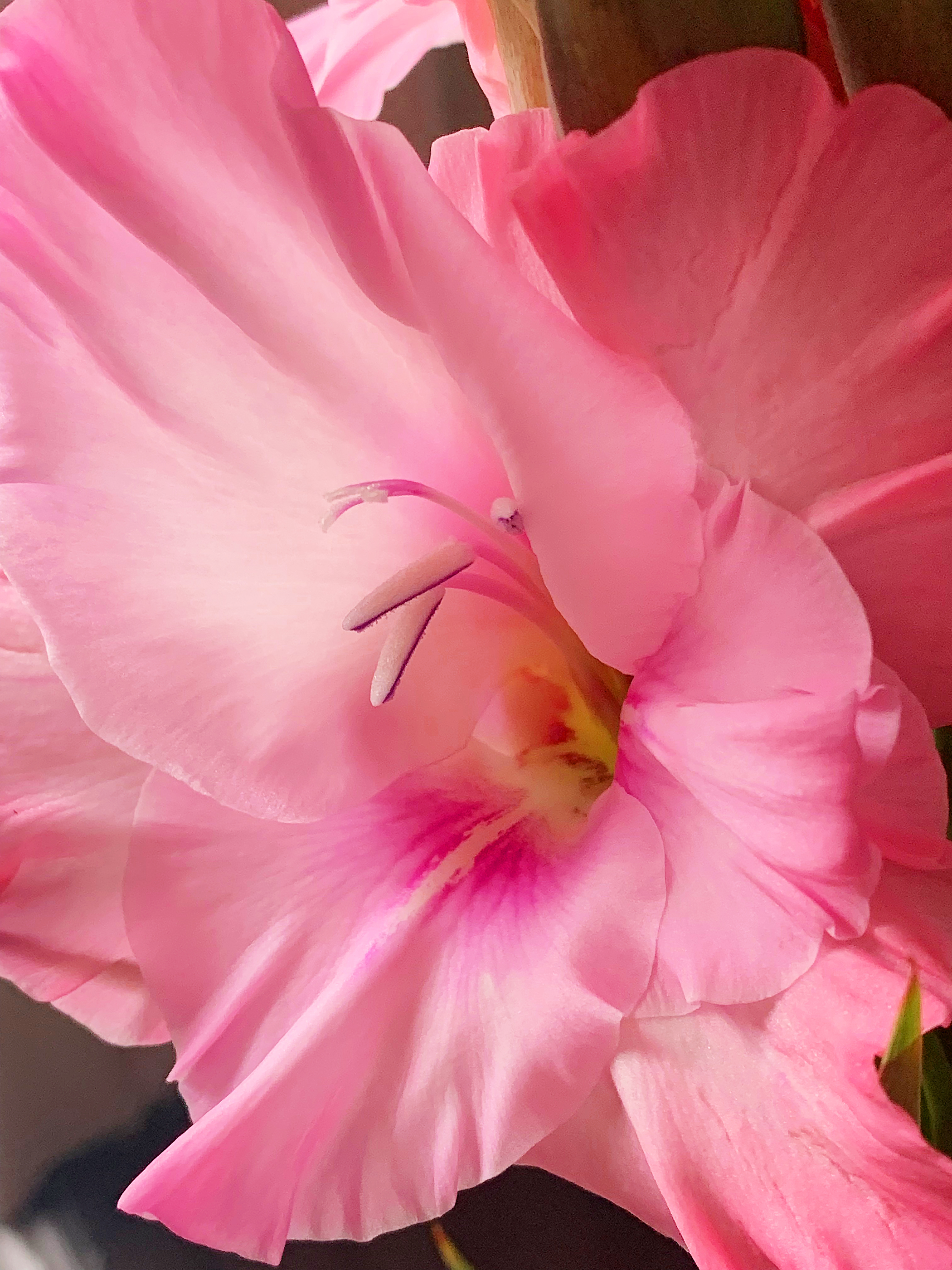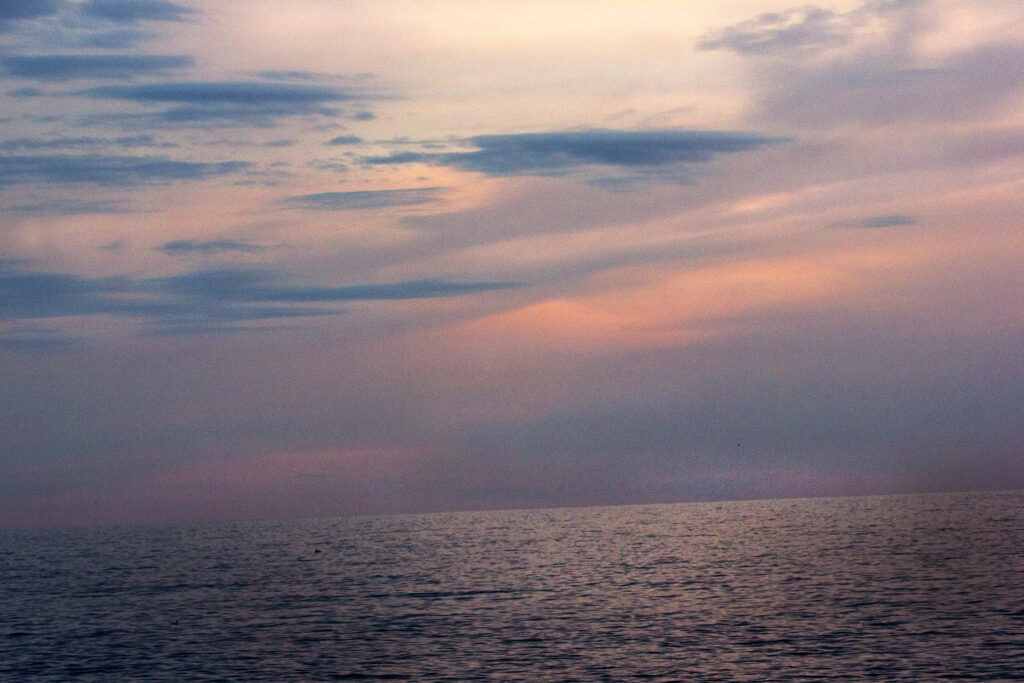
Sometimes the greatest element of the sunset lies not where the sun sets but opposed to it. Following the sunset of my last two posts my companion drew my attention to where the sea met the sky and the mist, the very shades of magenta and orange.
To me this is magical and I know the name of the magic. It draws us, or myself at least, to the seminal myth of English speaking peoples, the Arthurian myth, of the isle hidden amongst the mists of Avalon.
I think that humans cannot escape their myths. We either know them subconsciously or both consciously and subconsciously. And with these medieval Arthurian myths, we know them best when the days grow short, when we are cast in winter’s cold and darkness, when we approach the winter solstice.
“There is no such thing as a true tale. Truth has many faces and the truth is like to the old road to Avalon; it depends on your own will, and your own thoughts, whither the road will take you.”
Marion Zimmer Bradley, The Mists of Avalon




